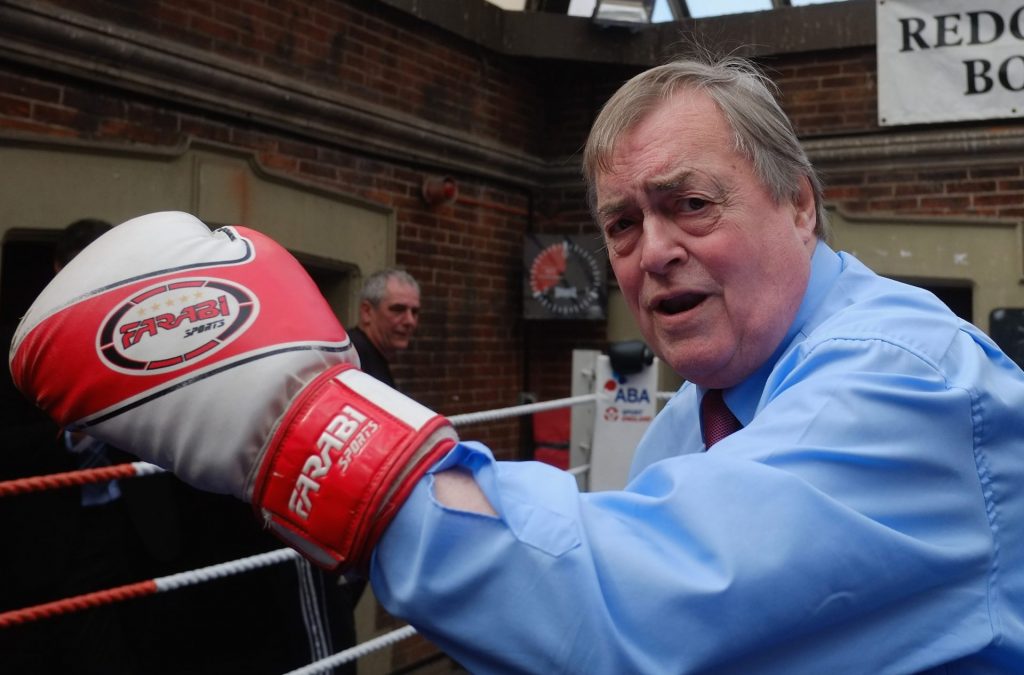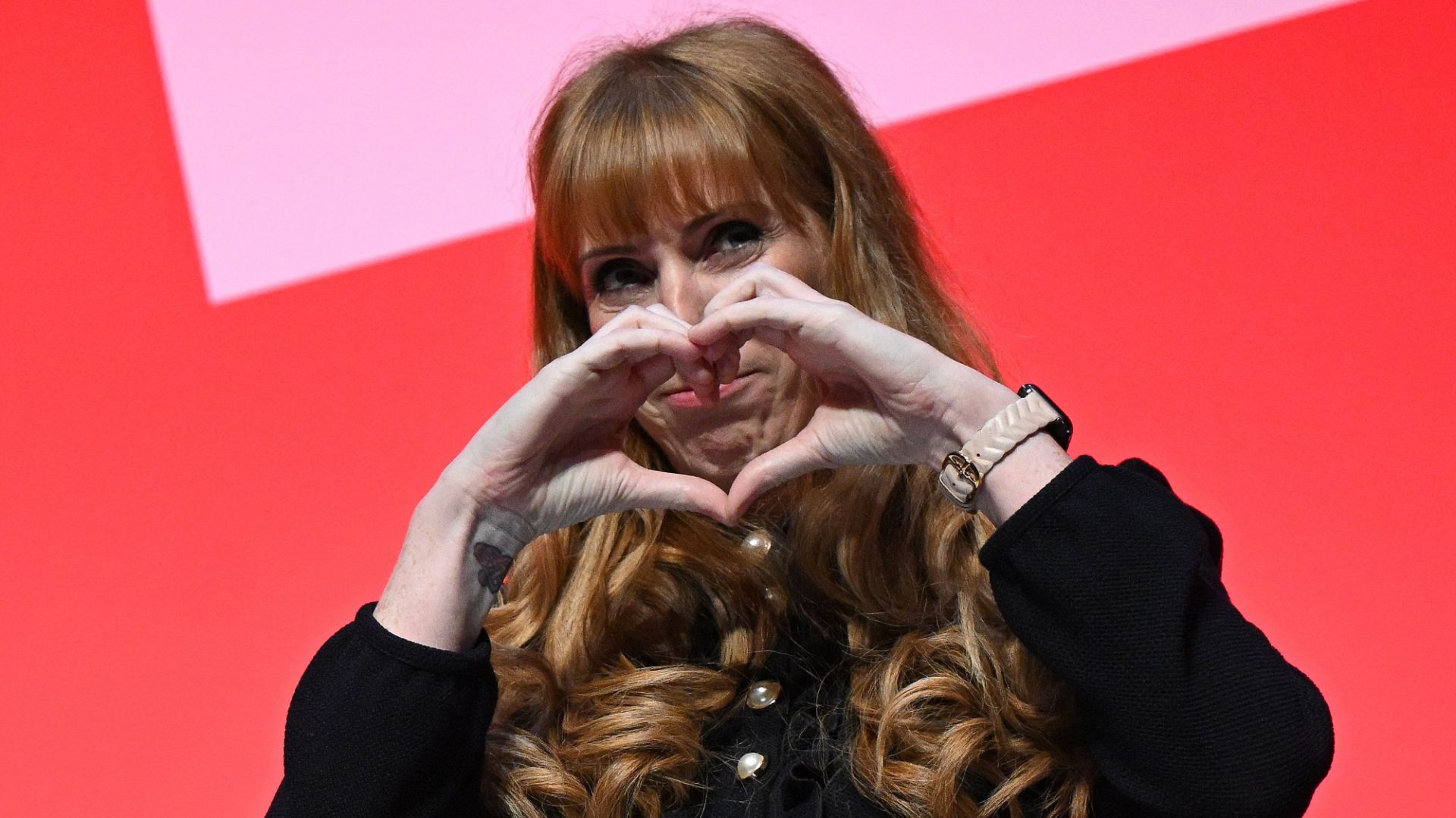1. This autumn, following the resignation of Angela Rayner as deputy prime minister and deputy Labour leader alike in a minor scandal involving stamp duty, the nation got to enjoy one of its more rollercoaster-esque traditions: a Labour Party deputy leadership election. Of the six women who put themselves forward, only two received the necessary nominations from 20% of the parliamentary party, plus other backing required to go through to the membership vote. And, on October 25, the party announced that former leader of the Commons Lucy Powell had beaten education secretary Bridget Phillipson by a margin of 54% to 46%, thus becoming Labour’s 19th deputy leader. (You know all this already, I’m sure, because this thrilling sequence of events will no doubt be one of your more treasured memories of 2025.)
2. For Labour’s first two decades, there was no such position as deputy leader. In 1922, though, JR Clynes led the party to gain 85 extra seats in that November’s election, giving the party the status of official opposition for the first time, and was immediately rewarded for his trouble by a leadership challenge from Ramsay MacDonald. The deputy leader post was created especially for Clynes as a sort of consolation prize.
3. Clynes – who’d begun his career in a Lancashire cotton mill at just 10 years old, and gone on to be the first Englishman ever to lead Labour – would hold the post for just a few weeks shy of a decade. In government, he would split his time with his other roles as lord privy seal (1924) and home secretary (1929-31).
4. Some of the pressure of all that deputy leader-ing was taken off his plate in the last few months of 1931, however, when Labour MPs decided to appoint a second deputy to serve alongside him. The following January, alas, his co-deputy, William Graham, an Edinburgh MP who’d also served as president of the Board of Trade, became the shortest serving deputy Labour leader to date (excluding the incumbent who will, one imagines, outlast this record) when he died suddenly of pneumonia.
5. If Graham served the briefest term, you are no doubt wondering, did Clynes serve the longest? Actually, no. Clement Attlee’s deputy, Herbert Morrison, served nearly 10 and a half years between 1945 and 1955, successfully overseeing the 1951 Festival of Britain and unsuccessfully trying to prevent the creation of a National Health Service along the way. (Morrison, who’d had a long career in local government, believed responsibility should be devolved to councils.)
6. When Morrison took the job – indeed, for the first 30 years the post existed – it wasn’t formally elected, but instead acclaimed by consensus among Labour MPs. That only changed in November 1952 when Nye Bevan, father of the NHS, challenged Morrison as a sort of test of factional strength. He lost, but performed better than expected, and finally got the job in 1959 – just a few months before he was diagnosed with stomach cancer.
7. The longest-serving deputy Labour leader of all, though, was fan favourite John Prescott, who managed nearly 13 years between 1994 and 2007. His achievements in his 10 years as deputy prime minister included negotiating the Kyoto Protocol on climate change, punching a voter who’d thrown an egg at him, and holding the government together with his bare hands.

8. The deputy leader of the Labour Party does not automatically become deputy prime minister in a Labour government. In fact, it’s only happened twice – Prescott from 1997 to 2007, and Rayner from 2024 to 2025. (Clement Attlee did serve as deputy during the wartime coalition government, but was leading the Labour Party at the time, making his position more akin to that of Nick Clegg in 2010-15.) All of which means the government can spin its decision not to give Lucy Powell the role as a sort of return to tradition.
9. Only two deputy leaders have ever gone on to lead the party, and only one of them ever went on to be prime minister. (Clement Attlee did; Michael Foot did not.) But several others – Morrison, George Brown, Margaret Beckett and Harriet Harman, twice – had stints as acting leader while the position was vacant. To date, these are the only occasions on which the Labour Party has been led by women.
10. The fact that every candidate who put themselves forward for the post in 2025 was a woman thus feels telling, somehow.
Suggested Reading


Nerd’s Eye View: 10 things you need to know about Dukes of York
19
Number of people to have held the post to date
15/4
Male/female split of deputy leaders so far
12 years
Longest serving deputy leader (John Prescott, 1994-2007)
133 days
Shortest serving (William Graham, 1931-32)
First female holder
Margaret Beckett (1992-1994)




